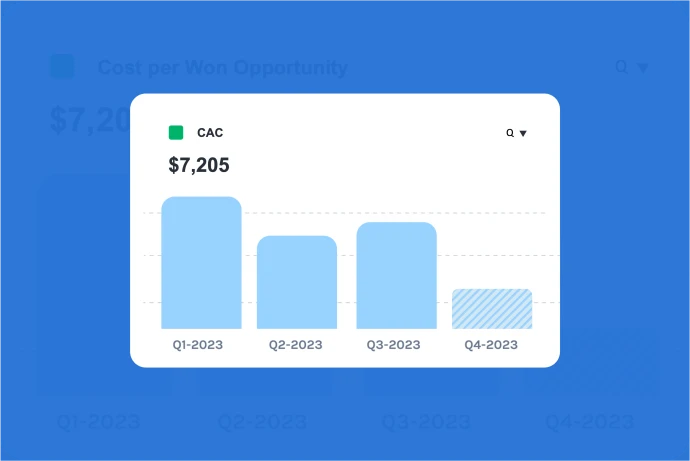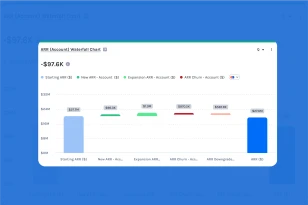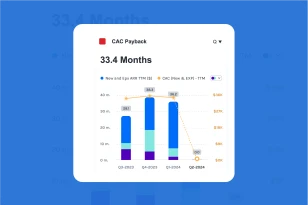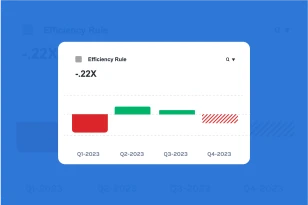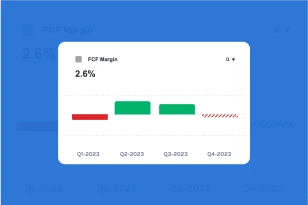What is Customer Acquisition Cost (CAC)?
Customer Acquisition Cost (CAC) is a critical metric in marketing and sales that represents the average cost a company incurs to acquire a new customer. CAC includes the expenses associated with marketing, advertising, sales, and other activities aimed at acquiring customers within a specific time frame. Calculating CAC is essential for businesses to understand the efficiency and effectiveness of their customer acquisition strategies.
Why is it Important to Measure CAC?
Measuring CAC is important for several reasons:
- Financial Efficiency: CAC helps businesses evaluate the financial efficiency of their customer acquisition efforts. It provides insights into the resources required to acquire a new customer, allowing companies to allocate budgets more effectively.
- ROI Analysis: By comparing CAC to the Customer Lifetime Value (CLV), businesses can assess the return on investment (ROI) of their customer acquisition strategies. Understanding the relationship between CAC and CLV is crucial for sustainable growth.
- Budget Planning: CAC is an essential factor in budget planning for marketing and sales activities. It helps businesses set realistic budgets and make informed decisions about resource allocation.
How Do you Calculate CAC?
When calculating CAC, it is important to lag expenses by the average deal cycle length. You need to also define the period over which you are calculating CAC. The formula for calculating Customer Acquisition Cost is:
CAC Formula
Total Cost of Acquisition (Lagged) / Number of New Customers Acquired
The “Total Cost of Acquisition” includes all expenses related to marketing, advertising, sales, and other efforts to acquire customers within a specific period. This cost is then divided by the number of new customers acquired during the same period.
For example, if a company spends $100,000 on marketing and sales activities in a month and acquires 100 new customers during that period, the CAC would be $1000.
How To Improve CAC?
Improving Customer Acquisition Cost involves strategies to acquire customers more efficiently and at a lower cost. Here are key approaches:
- Targeted Marketing: Focus on targeted marketing efforts to reach the most relevant audience. Understanding the demographics and preferences of the target audience can improve the effectiveness of marketing campaigns.
- Conversion Rate Optimization: Enhance website and landing page experiences to improve conversion rates. A higher conversion rate means that a larger percentage of leads generated will become paying customers, lowering CAC.
- Referral Programs: Implement customer referral programs to encourage existing customers to refer new business. Acquiring customers through referrals often comes at a lower cost.
- Optimized Ad Spend: Analyze and optimize advertising spend across different channels. Allocate budgets based on the channels that yield the best results in terms of customer acquisition.
- Content Marketing: Invest in content marketing to attract and engage potential customers. Educational and valuable content can drive organic traffic and lead to more cost-effective customer acquisition.
- Strategic Partnerships: Explore strategic partnerships with other businesses that share a similar target audience. Partnerships can provide access to a wider audience at a potentially lower cost.
- Customer Segmentation: Segment the target audience based on characteristics such as demographics, behaviors, or preferences. Tailoring marketing efforts to specific segments can lead to more efficient customer acquisition.
By implementing these strategies, businesses can work towards improving their Customer Acquisition Cost, making customer acquisition more efficient and cost-effective. Regular monitoring, analysis, and adaptation based on performance data contribute to sustained improvements over time.
